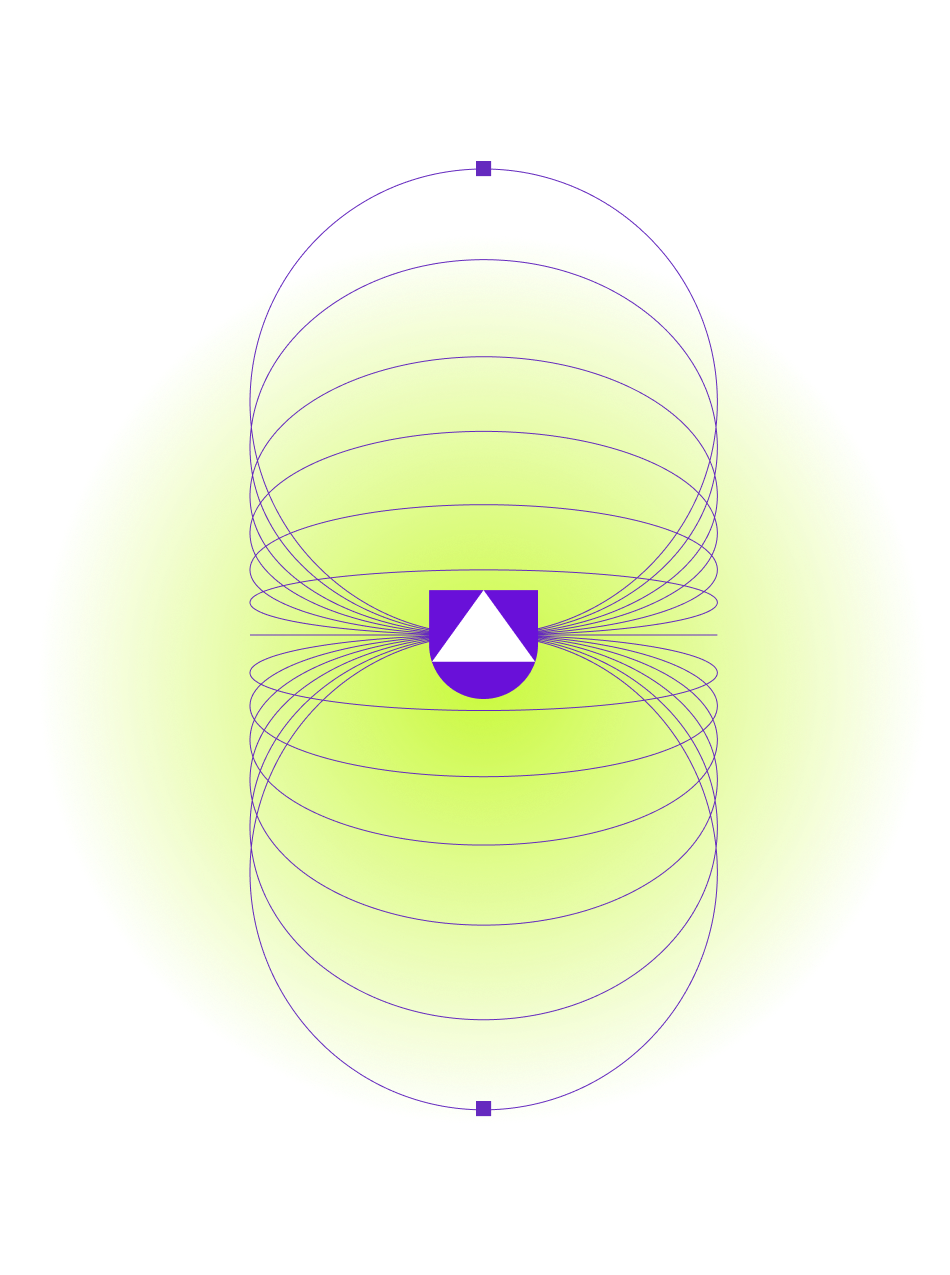The leading CNAPP for large hybrid cloud environments
At Uptycs we solve the data security challenge by securing everything from dev to runtime. The idea is to normalize security telemetry close to its collection point, stream it up into a data lake (what we call your Uptycs Detection Cloud), then bring everything together under a unified data model and security console.
No black boxes, no ETL, and no need to put in a support ticket to get new correlated insights.

Hybrid Cloud Security
Increase collaboration across teams.
Reduce data silos.
Faster and more effective threat detection and response.
Faster integration with new tools, services, and infrastructure.
A more cohesive enterprise-wide security posture.
Decrease operating costs, deployment times, and security failures
“Uptycs has built a security analytics platform that addresses the unique challenges of cloud infrastructure by focusing on scale, real-time observability, and rich contextualization. We empower organizations to secure their cloud environments with unmatched precision and efficiency”
Meet our Leadership
Ganesh Pai
Founder and CEO
Uma Reddy
Founder and EVP of
Product and Technology
Mike Hluchyj
Founder and
Board Member
Kevin Durkin
CFO
Divakar Permalla
VP of Customer
Experience
Chetan Vinchhi
Head of India
Operations
Ryan Mack
VP, Head of Infrastructure
Engineering

Ronnen Brunner
VP Sales
Meet our Board of Directors
Alberto Yepez
Co-Founder and Managing Director, ForgePoint Capital
Dave Zilberman
General Partner, Norwest Ventures
Jai Das
President, Co-Founder and Managing Director, Sapphire Ventures
Ganesh Pai
Founder and CEO
Uma Reddy
Founder and EVP of
Product and Technology
Mike Hluchyj
Founder and
Board Member



